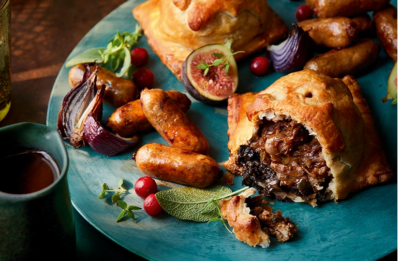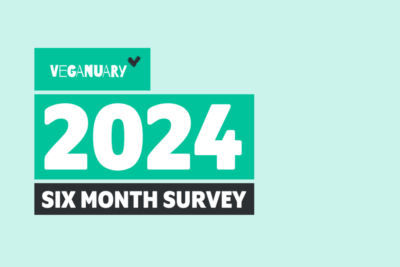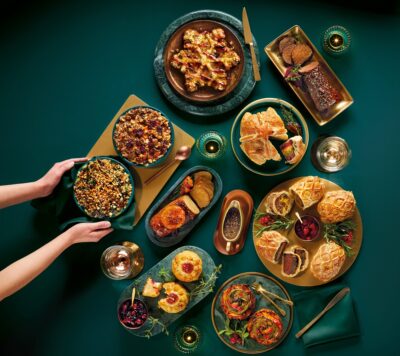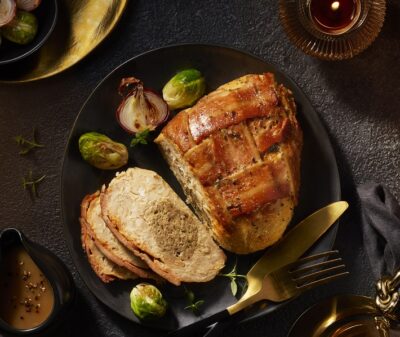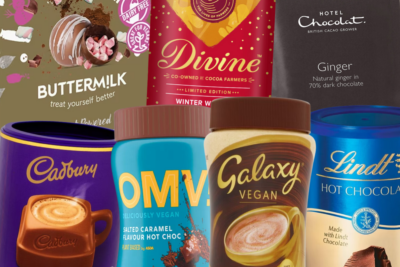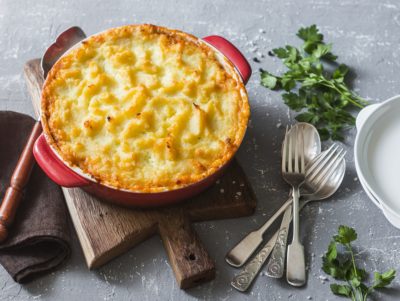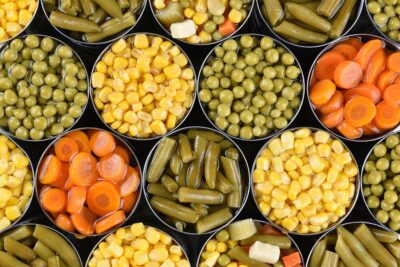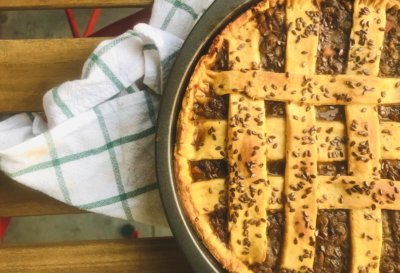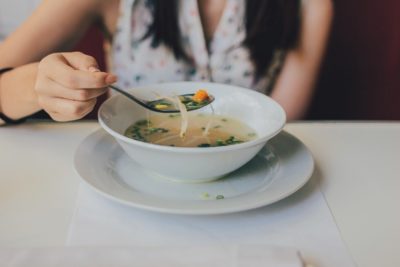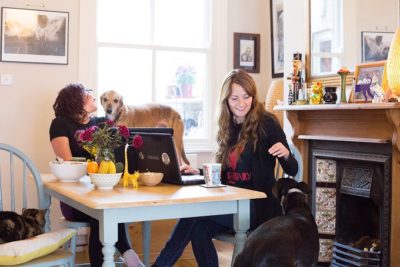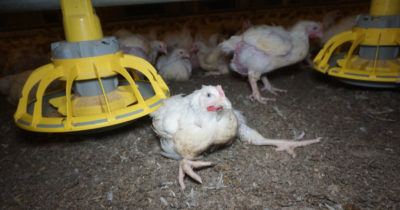The term ‘free-range’ is widely used to market and sell eggs.
As consumers we are led to believe that free-range means cruelty-free, but sadly this just isn’t true. Scroll down to read why.
Where do Free-range hens come from?
Free-range hens begin their lives in hatcheries. These are factories where chickens’ eggs are intensively incubated and hatched. Regardless of where the chicks end up, all their lives begin here.
After hatching, male and female chicks are separated as only the female chicks will grow up to lay eggs.
Because they cannot lay eggs, male chicks are of no use to the egg industry. They are killed on their first day of life. The most common methods of slaughter are gassing, suffocating, crushing, or grinding alive.
Male chicks inevitably make up a significant number of all hatched eggs, and we can only guess how many hundred million are killed this way every year as no one deems their short lives important enough to record.
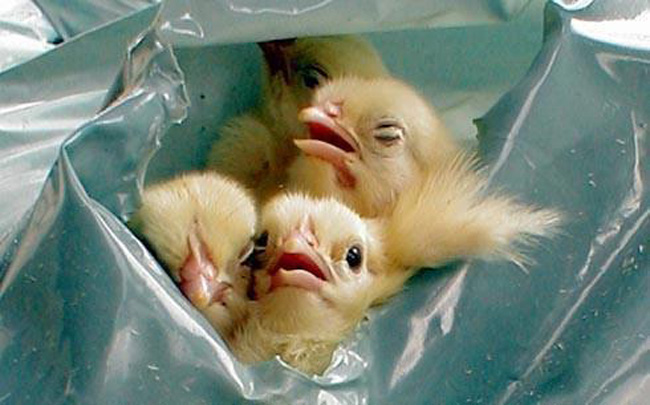
How long do free-range hens live?
Free-range hens are killed between one and two years of age when egg production peaks. They are still destined for early graves and will be slaughtered when they are no longer productive enough for a farm’s needs.
They are usually killed for low-grade meat, far earlier than their natural life span of around seven or eight years. Free-range hens are still regarded as ‘egg-producing machines’ and are slaughtered as soon as they cease to be profitable.
Farmed chickens and hens are so badly treated that even rescued chickens tend to die young, due to illness and disease contracted in their early months and years on farms, or as a result of the conditions they were forced to endure.
It has been reported that some chickens, when allowed to live and grow naturally, have lived up to 13 years of age!
How are Free-range hens treated?
The reality for free-range hens is very different to what the adverts tell us. Almost all are still kept in huge flocks in large crowded barns, being let outside for parts of the day, weather permitting.
These barns have a stocking density of up to four hens per square metre and these facilities also contribute to the pollution of rivers in the UK.
When you consider that a caged hen has the equivalent of one standard iPad’s worth of space, the extra pennies you spend on buying free-range eggs could only mean a few, extra square centimetres for the chicken who made them.
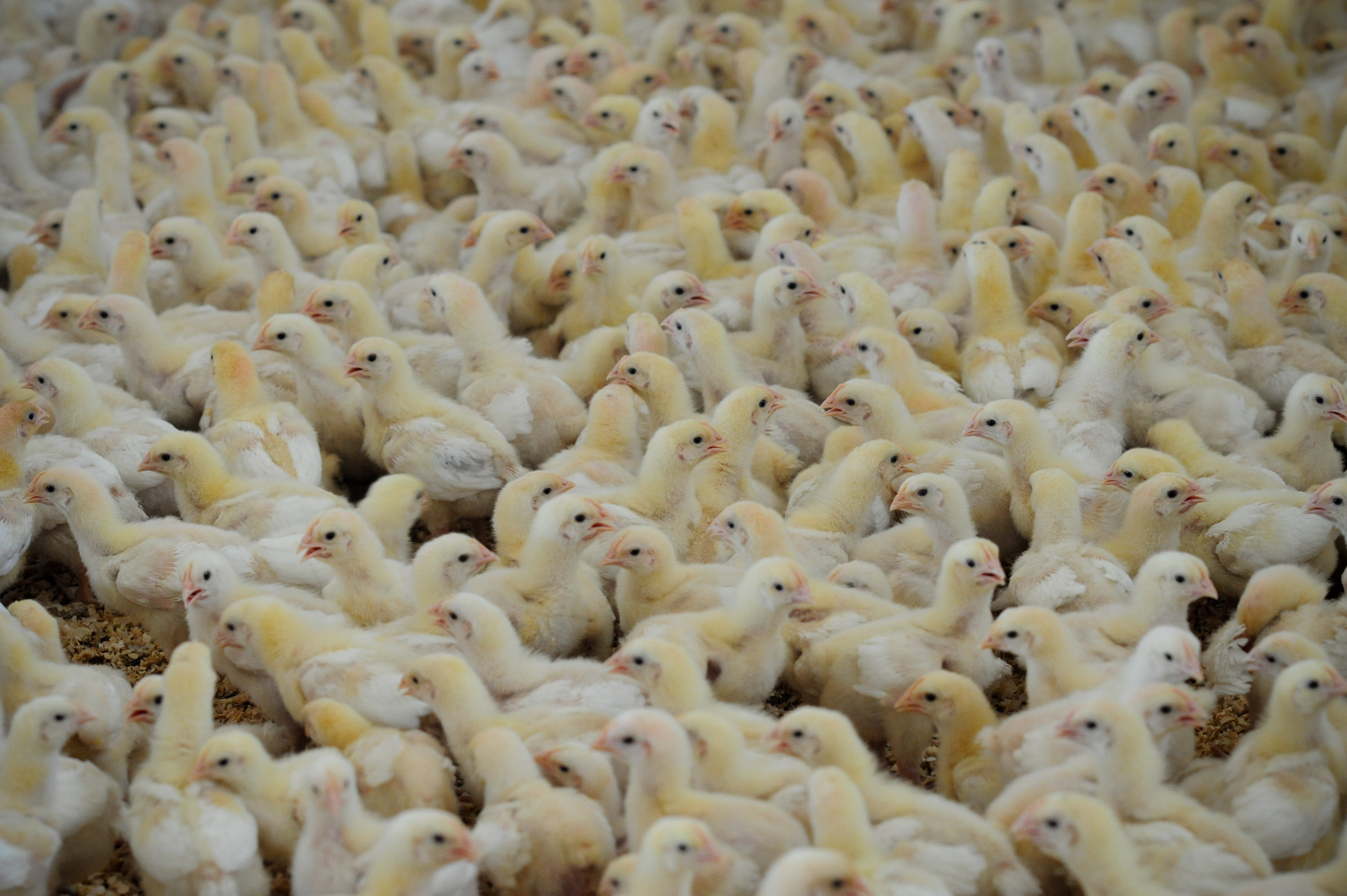
Many of the hens never go outside
Pop-holes are the exits provided in barns to allow free-range hens to get outside. Many barns don’t have enough, and the exits are often blocked by dominant hens asserting the pecking order.
On average, less than 10 per cent of free-range chickens will be outside at any given time. What’s more, some never go outside at all.
Aggression and feather-pecking. The answer? Mutilation.
Overcrowding in the free-range system leads to the same problems of aggression and feather-pecking that we see in cage and barn systems of egg production.
This is caused by frustration and stress as the chickens compete for space. As a result, free-range birds still have the end of their beak cut off when they are one day old, just like caged birds.
How are free-range hens slaughtered?
Whether a ‘free-range’ hen or a caged bird, the slaughter process is the same for all animals.
In the UK, chickens are either gassed to death or hung upside down by their legs while conscious, dragged through a water bath that is intended to stun them, and their throats are cut.
Are free-range eggs cruelty-free?
The short answer is no. The production of all eggs, free-range or not, begins and ends with violence. Investigations into even the most ‘reputable’ egg producers have uncovered horrific conditions.
There are countless tasty vegan chicken alternatives available in the UK that don’t involve this unnecessary cruelty.
For more information, check out our Choose Chicken Free campaign. When you try vegan for free with us, we’ll help you leave animals off your plate by sending you recipes, meal plans and tips.

